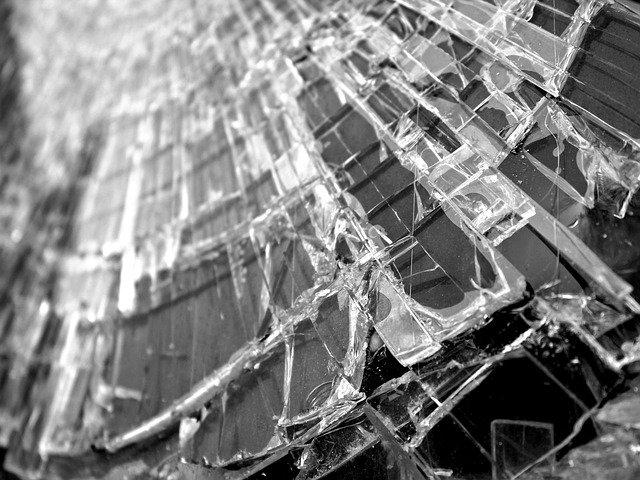
It really does make a difference who occupies the White House. Acknowledging that point seems beyond many commentators and policymakers in Australia. Yet, failing to recognise how important individuals can be may leave allies floundering as they struggle to keep up with the consequences of the Trump regime.
The great hope in Australian policymaking circles, of course, is that President Trump will be socialised by the institutions, traditions and practices of which he is now the most pivotal player. Trump’s recent address to Congress was seized upon by optimists and apologists alike as evidence of a more “presidential” style as the leader of the free world recognised the responsibilities of the Oval Office.
Within days that comforting illusion had been shattered by a series of ill-considered Tweets about his predecessor—someone who actually did look presidential and was the personal embodiment of many of the virtues and values that are frequently part of the rhetoric, if not the practice, of American policy inside and outside its borders. Indeed, for all the criticisms of Obama’s supposed indecisiveness, he looks better by the day when contrasted with the present incumbent.
The big question for observers of American politics—and the world more generally—is: Will Trump transform Washington more than it changes him? The assumption that the American system’s checks and balances, much less its political culture will rein in Trump and his advisors looks increasingly like wishful thinking.
Trump and his strategist-in-chief, Steve Bannon, appear to have a visceral distrust of the very institutions of government that they’re conspicuously failing to manage effectively. For Bannon in particular, the existing institutions of government are actually part of the problem; a “deep state” filled with political opponents who have to be torn down before something more effective and politically amenable can be put in its place.
Unfortunately for the rest of the world, the impact of that agenda won’t be confined to the US itself. On the contrary, America’s continuing economic and strategic importance means that many states are likely to suffer significant collateral damage as the policy revolution takes hold in the US.
Given that the Trump administration has only been in power for a couple of months its impact has already been remarkable. Trade deals have been shredded in favor of 19th century mercantilism; allies have been put on notice about America’s heightened expectations. In Trump’s world, it’s not even clear what the distinction between friend and putative foe actually is, as the administration’s murky ties with Russia remind us.
Trump’s admirers might claim that his famously transactional approach to policymaking rightly privileges America’s neglected national interest and brilliantly wrong-foots opponents. Critics might argue, that the entire administration lacks focus, much less a grand strategy, and blindly lurches from one Tweet-induced crisis to another. Even America’s closest friends should be considering their options in such circumstances.
In Australia’s case we ought to remember we’ve been here before. George W. Bush’s monumentally misguided decision to invade Iraq is now widely and rightly seen as one of the greatest and most unnecessary strategic blunders of recent years. Not only did it destabilise the Middle East in ways that are still reverberating with disastrous consequences, but it also sucked Australia into a series of conflicts that had little immediate strategic relevance.
At least Bush and his advisors looked like the sort of “rational actors” that populate the pages of international relations textbooks. The policies of the likes of Wolfowitz and Cheney may have proved to be delusional and hubristic, but they were in keeping with a well-established American approach to strategic policy generally and to the Middle East in particular. Even Jimmy Carter had promised to do whatever might be necessary to maintain American influence in the Persian Gulf.
The Trump administration looks positively irrational by contrast. It’s not just the absence of a clear narrative about the administration’s intentions that’s so concerning for friend and foe alike, but that the Trump regime seems to groaning under the weight of its own internal contradictions. Questionable, inexperienced and/or compromised appointments, flagrant conflicts of interest, and a famously thin-skinned president with a seemingly limited attention span and little knowledge of international affairs add to the overall sense of chaos and ad hocery.
We’ve barely begun a Trump era which could, theoretically at least, go on for another eight years. It’s hard to imagine what the world might look like if that happens. At the very least it’ll be a sobering reminder to academic observers that in the age-old debate about the relationship between structure and agency, agency really does matter—even if it doesn’t really know what it’s doing.
 Print This Post
Print This Post